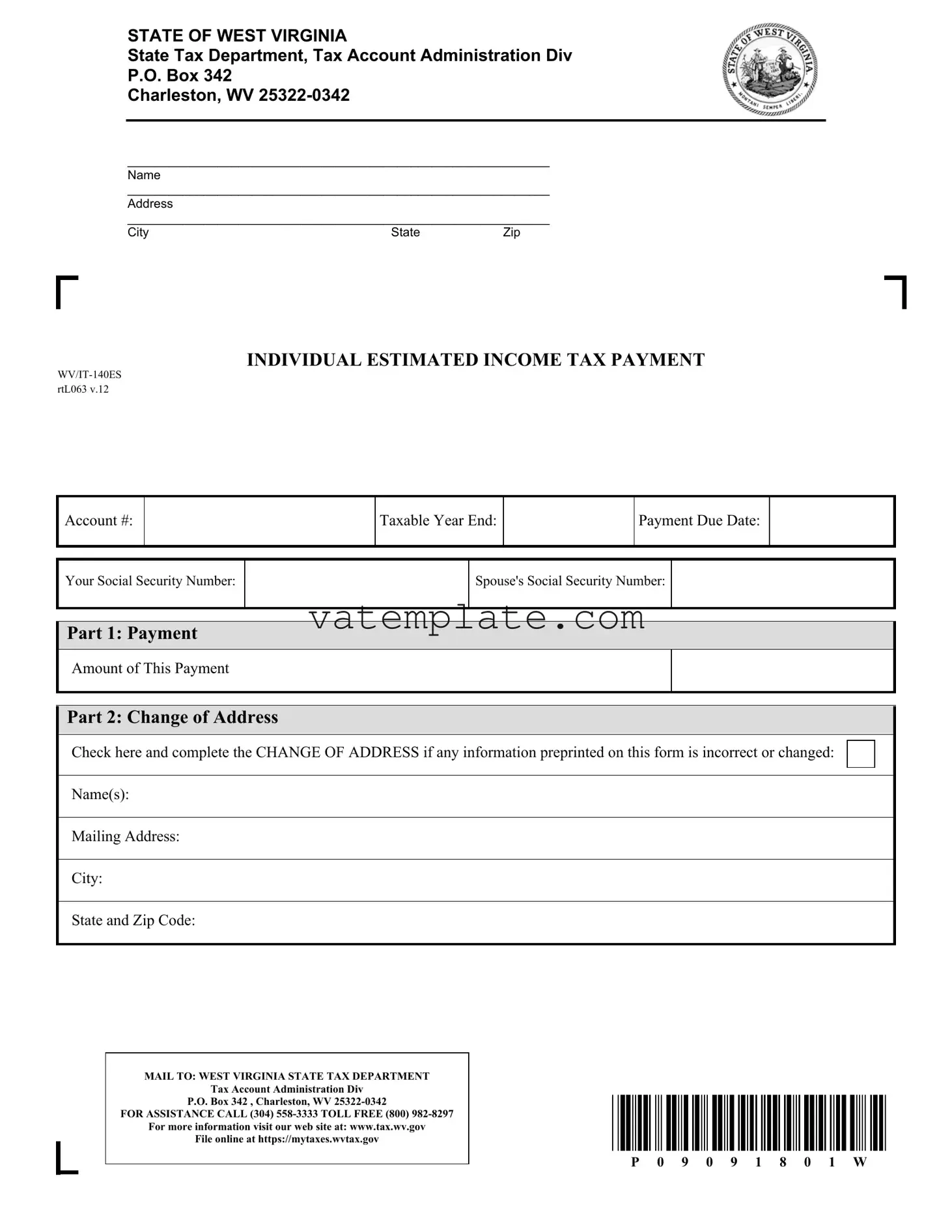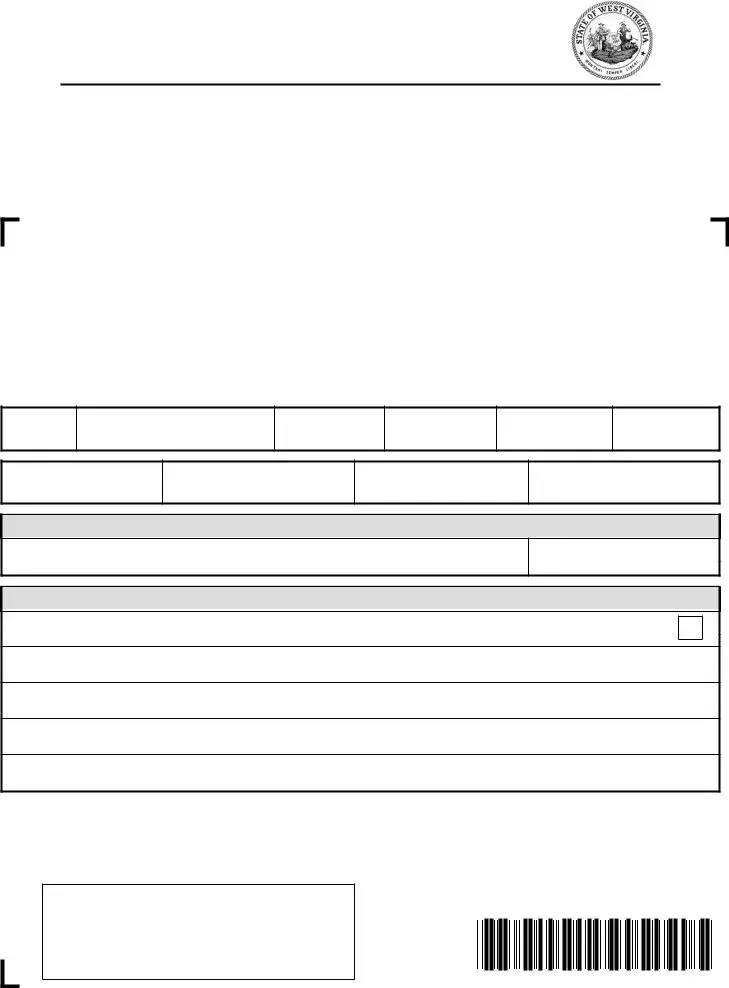The West Virginia Estimated Tax Form, also known as WV/IT-140ES, is a document used by individuals to make advance payments on their expected state tax for the year. If an individual anticipates owing at least $600 in state taxes at the end of the fiscal year, they are required to submit estimated tax payments using this form.
Any individual expecting to owe $600 or more in state tax over the tax year must file the West Virginia Estimated Tax Form to avoid penalties. This typically includes self-employed persons, investors, or anyone else who does not have sufficient tax withheld from their wages or other income sources.
How do I determine the amount I need to pay?
To calculate your estimated tax, refer to the instruction brochure (Form IT-140ESI) available at the official website, www.tax.wv.gov. It is essential to follow these instructions carefully to determine the minimum amount you must pay to avoid penalties. While you must pay at least this minimum, it is possible to pay more if you prefer.
What are the due dates for making estimated tax payments?
For individuals who follow a calendar year for tax purposes, estimated tax payments are due quarterly. However, for those not adhering to the calendar year, due dates may vary. It is crucial to consult the specific instructions for non-calendar year taxpayers to ascertain their exact payment deadlines.
What should I do if my address has changed?
If your address has changed, ensure to mark the "Change of Address" checkbox on the WV/IT-140ES form. You will need to provide your new name(s), mailing address, city, state, and zip code to ensure that all future correspondence from the State Tax Department reaches you.
How can I submit my estimated tax payments?
Estimated tax payments can be mailed to the State Tax Department, Tax Account Administration Division - EST, P.O. Box 342, Charleston, WV 25322-0342. Be sure to submit your payments by the due date to avoid penalties. For convenience, you may also file online via the official web portal: https://mytaxes.wvtax.gov.
Where can I find assistance if I have questions?
If you have any questions or need assistance with your West Virginia Estimated Tax Form, you can call the State Tax Department at (304) 558-3333 or toll-free at (800) 982-8297. Additional information and resources are available on their website at www.tax.wv.gov.

